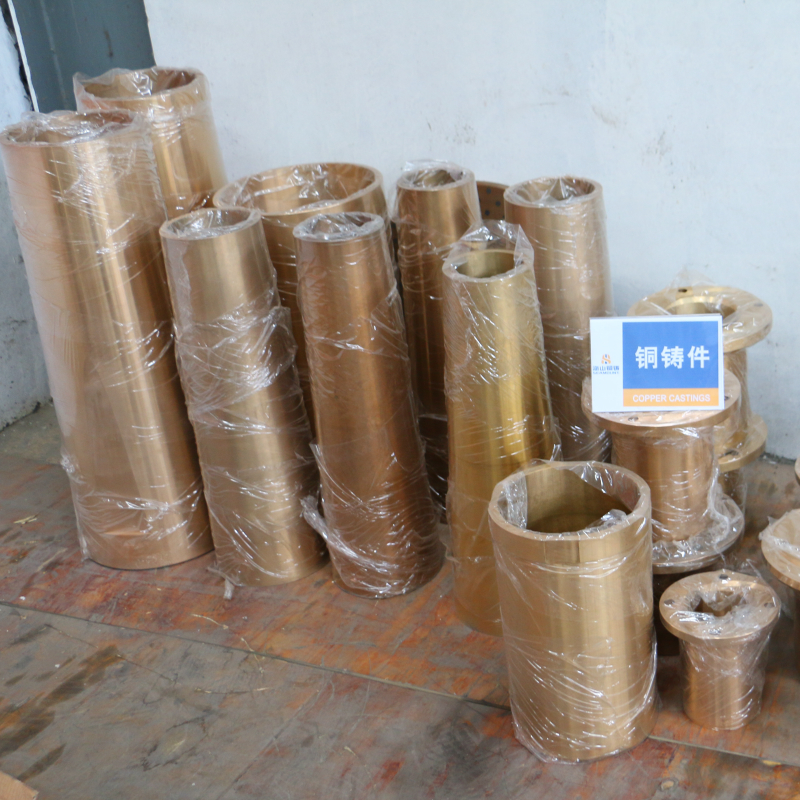There are significant differences between copper bushings and nylon copper bushings.
The difference of copper bushing:
Hardness: copper bushings have higher hardness, good wear resistance and are suitable for larger loads.
Conductivity: Copper bushings have excellent electrical conductivity and are suitable for electrical connection components.
Corrosion resistance: good performance in certain corrosive environments, but in wet environments copper bushings may oxidise.
Operating temperature: wide range of operating temperatures, suitable for high temperature environments, but oxidation problems may occur at high temperatures.
Friction performance: high coefficient of friction, suitable for bearing large loads, but in high-speed operation friction loss.

The difference of nylon copper bushing:
Flexibility: nylon has good toughness and elasticity, and can absorb shocks to a certain extent.
Self-lubricating: nylon has good self-lubricating properties, reducing friction and improving efficiency.
Chemical Resistance: Nylon has good resistance to a wide range of chemicals, but may be affected in some solvents.
Operating Temperature: Nylon copper bushings have a relatively low operating temperature, the temperature resistance of nylon is usually between -40℃ and 100℃, beyond this range may lead to deformation or performance degradation.
Friction properties: Low coefficient of friction and good self-lubricating properties make them suitable for applications where reduced friction and noise are required.
| Previous:Maintenance Guide: How to extend the service life and performance of bronze bushings | Next:What are the lathe tools for the production of copper fittings? |




 Copyright © 2022
Copyright © 2022